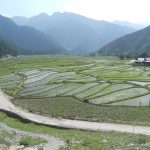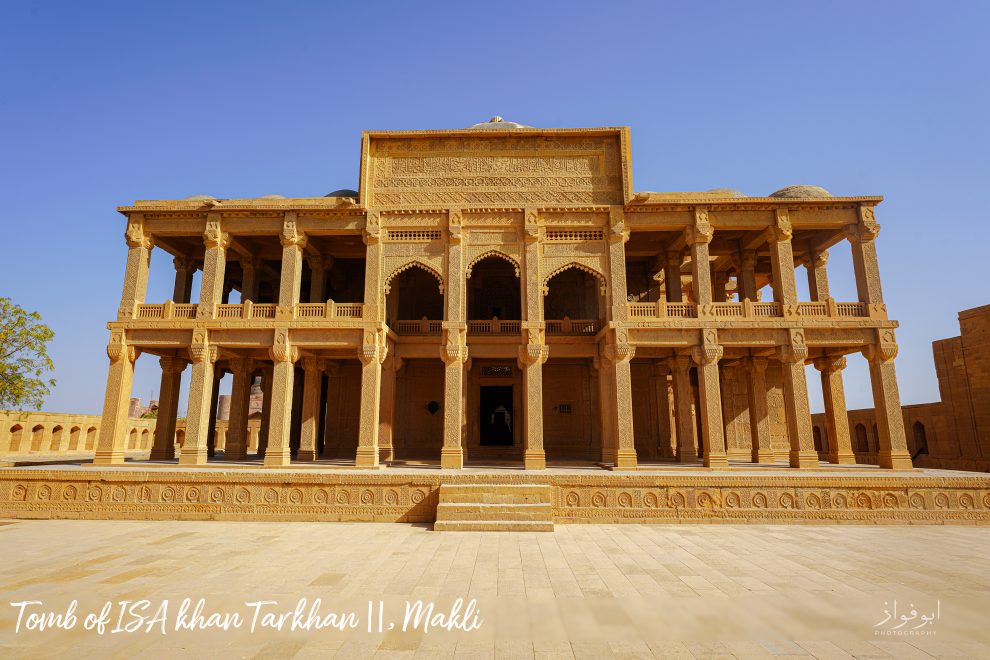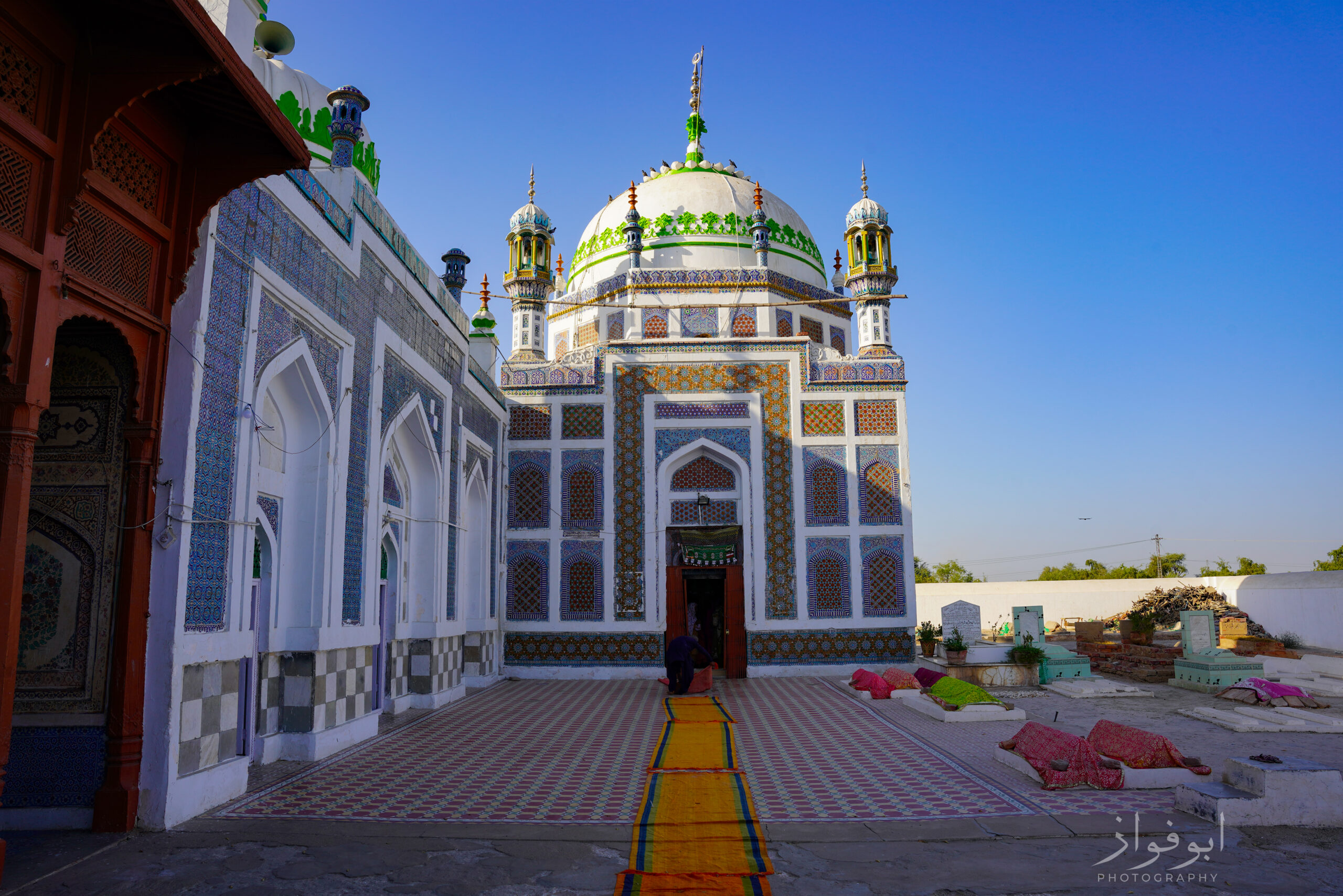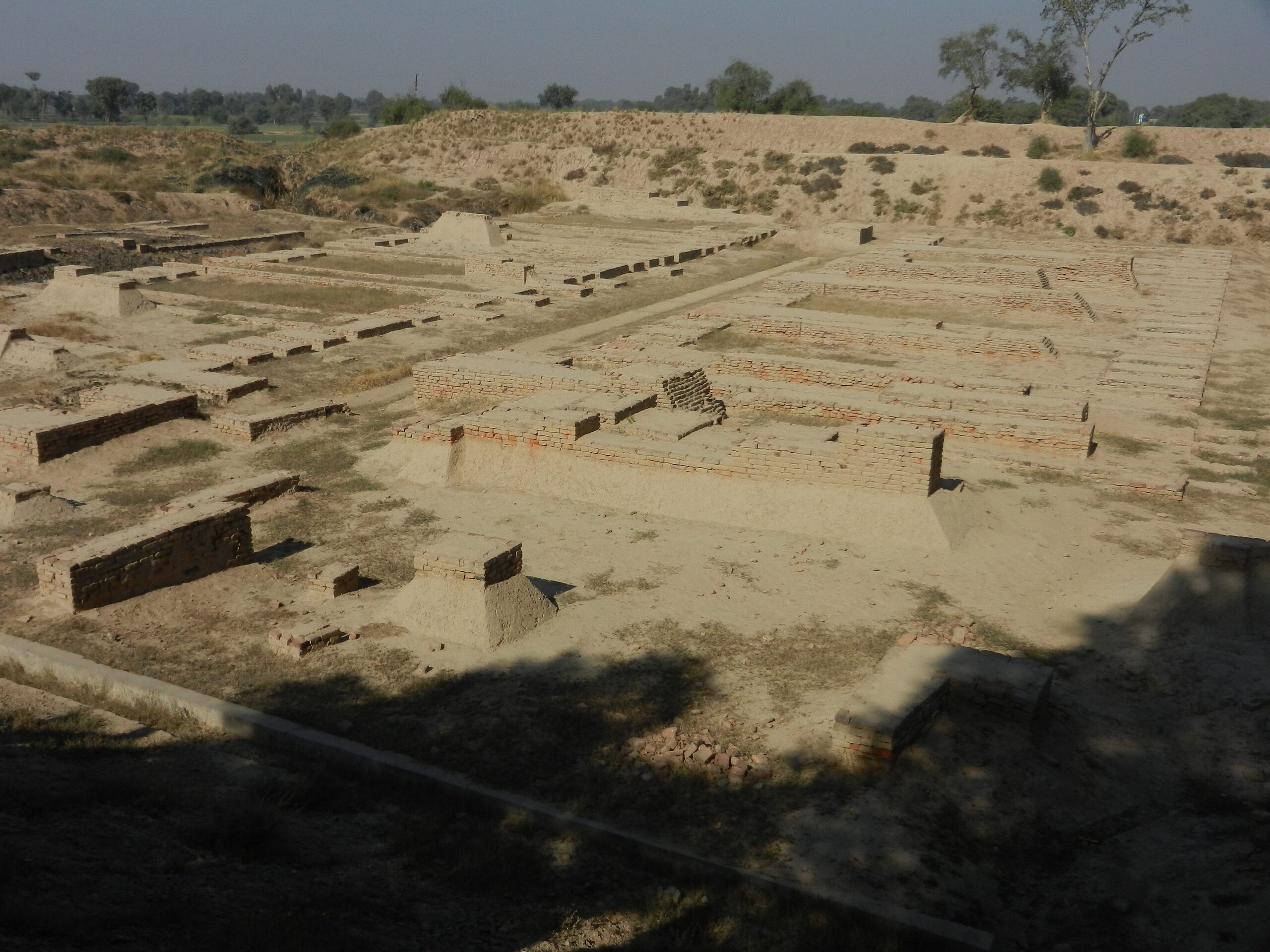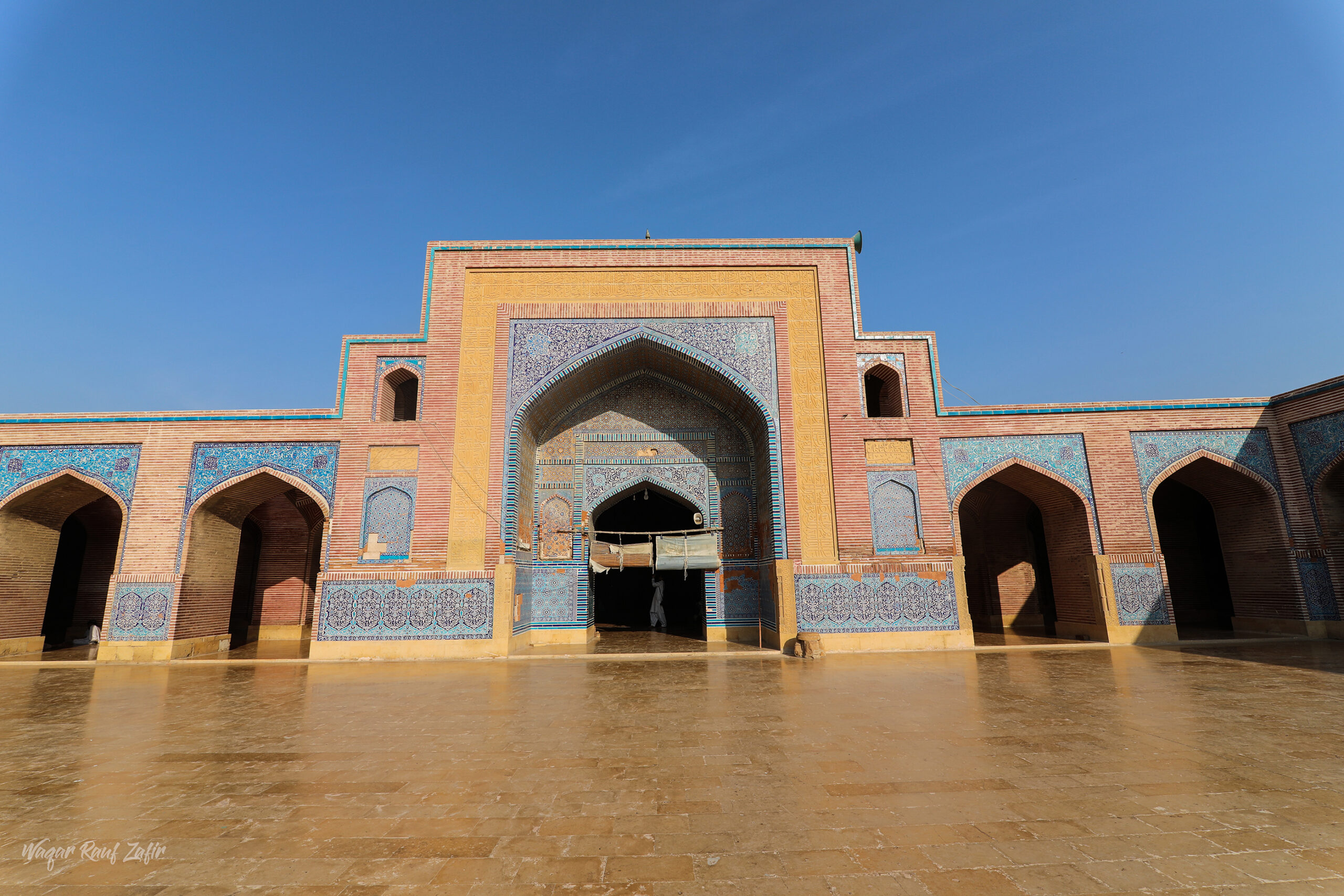Time continues to leave its traces be it in the form of the Great Wall of China or the Egyptian Pyramids, the Mayan civilization of Central America or Mohenjo-Daro. In fact, They are a testimony to the designs of the past and the search for their history continues today.Sindh has been the cradle of history, civilization and culture. A unique land which is the final resting place of hundreds and thousands of religious leaders, saints, sufis and writers. We find historical remnants and their evidence in the form of tombs, mausoleums and numerous ruins. Among these relics of history is an ancient cemetery of Sindh which is known to the world as “Makli Cemetery” or “Makli, A City of Silence”.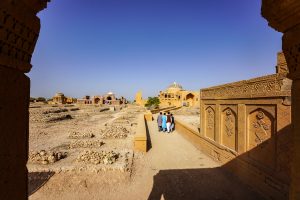
A unique 600 years old cemetery that has spread over an area of 12 square kilometers. It houses a million graves and thousands of untold stories.It is not just a cemetery but a testament to the high craftsmanship of the time. The exquisite carvings, calligraphy and engravings on the tombs here leaves an individual astonished.In addition, this cemetery is a complete civilization where you will find buried within the kings and the poor, the Sufis and the traitors.Interestingly, if you are unfamiliar with the last 600 year old history of Sindh, this cemetery provides you great insight into the past of Samma, Arghoon, Tarkhan, Mughal and Kalhora period.A look into the tombs discloses to us information about learned ruler like Jam Nizamuddin II. A leader who vouchsafed to Sindh a period of forty-eight years of peace and serenity; a feat that has not been achieved by anyone in the history of Sindh. His tomb is said to have been completed in 1509. The mausoleum resembles a square building decorated with stones. One of the uniqueness of this mausoleum is that it was built without a roof. The yellow stone used in this mausoleum is said to have been imported from Jodhpur, India, and has been molded into square bricks.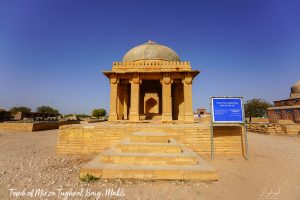
There are beautiful carvings on the inside and outside of the building. It is one of the fascinating exhibits at Makli, thanks to which UNESCO added the cemetery to its World Heritage List.Apart from this, the tomb of Mirza Issa Khan Tarkhan Sani of Mughal period is also of great importance. Mirza Issa Khan Tarkhan II held the position in the Mughal court of Delhi to lead four thousand soldiers after which he was also appointed as the Governor of Sindh.This mausoleum was built in 1573. There is also a large dome in this tomb. Quranic verses are beautifully engraved on the arches which is a great example of calligraphy.The tomb of Mirza Jani Baig is also worth a worth. Jani Baig was the last independent ruler of Thatta, who died in 1599. The stone and carving work in the preparation of this tomb is also mesmerizingThere is also a mausoleum of Diwan Sharfa Khan who was a minister in Sindh during the Mughal rule. This mausoleum is one of the most beautiful mausoleums in Makli. It was adorned with beautiful blue tiles but the time has not been kind to it and the aforementioned splendor has gradually faded.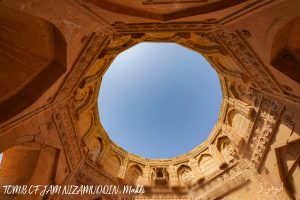
Similarly, the tomb of Mirza Jan Baba, father of Isa Khan Tarkhan Sani is also remarkable. The tomb was built in 1608. Apart from Mirza Jan Baba, a number of his family members are also buried in this tomb.The main entrance to the mausoleum is made of strong glass which sets it apart from all other mausoleums.The tomb of Jam Mubarak Khan, son of Jam Nizamuddin Sani, is one of the best examples of architecture. The mausoleum is built at a relatively high altitude using yellow stone blocks. A few Arabic inscriptions have also been inscribed on the tomb.This cemetery seems to tell the history of Sindh. Many tourists flock here to see this amazing cemetery. In the same way, some of the snake charmers have also become the center of attraction for tourists.While Makli’s cemetery is a masterpiece of architecture, all the graves in the cemetery sends the message that “everything is mortal”. UNESCO has been working to restore it since 1981. Asia’s largest and oldest Silent City demands the preservation of this invaluable heritage of history so that this monument of the past can be preserved for posterity.


